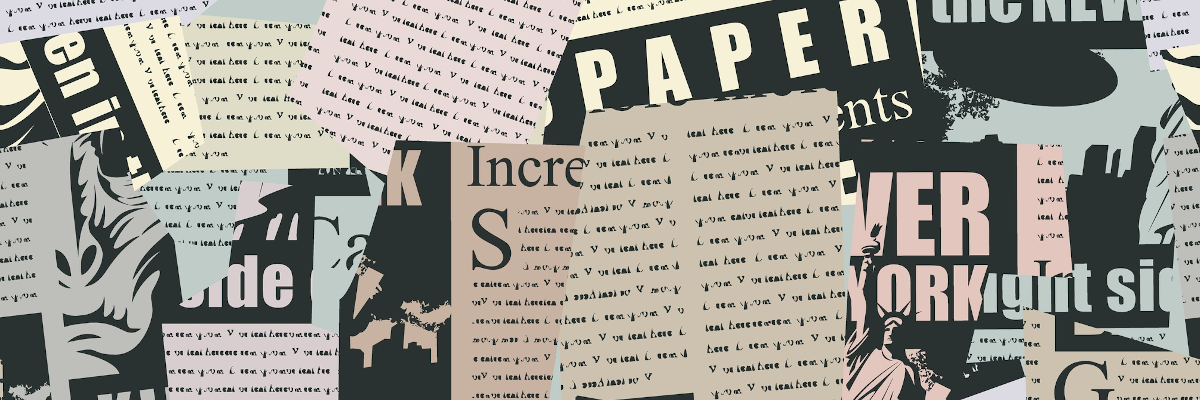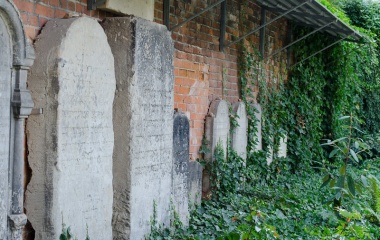
In our last post I discussed our meeting three of the communal rabbis of Berlin. We also met with the Rabbi of the separatist community of Adass Jisrael.
In 1876 Rabbi Shimshon Raphael Hirsch was granted permission by the German government to set up a separatist community. He did not want any of his tax money used to support Reform institutions and set out to create an Orthodox-only Jewish community. His view was a minority one, especially since the Reform dominated community agreed to fully support the Orthodox institutions. Hirsch believed that nonetheless the Orthodox should have nothing to do with the general community, neither paying nor receiving money from them. Not only did most rabbis in Germany disagree with Hirsch the vast majority of his own shul members refused to heed his call to leave the general community preferring to pay double taxation so that they could be members in both communities.
Hirsch’s idea while controversial in Germany was inconceivable in Eastern Europe[1] where communities consisted of all types; tzadikim, beinonim and reshaim the righteous, the wicked and everyone in between (the first letters of each of these types of people spelling tzibur, community). It is not surprising that it was Rav Chaim Soloveitchick of Eastern Europe who forbade davening to continue on Yom Kippur until everyone went home to get some money to bribe the Russian authorities to release a member of the Bund, an organization known for its anti-religious nature. It is not easy - perhaps not even allowed - to violate Yom Kippur for those who are not part of one’s Jewish community.
While Hirsch was in this domain unsuccessful in his lifetime, it is his view that has become the norm in Orthodox today, even amongst many who identify as modern Orthodox.
Hirsch’s antagonism towards those who disagreed with him was such that he put a cherem on the communal Orthodox shul, banning his members from stepping foot in the shul. This shul was led by Rabbi Marcus Horowitz, author of the important halachic work the Mateh Levi and son in law of Rav Yaakov Ettlinger[2]. The two shuls were just a few blocks apart but might as well have been across the Atlantic.
In Berlin Rav Azriel Hildesheimer also led a separatist community[3]but absent the stridency of Hirsch. The common saying was that in Berlin it pained them to have to separate from the Reform whereas in Frankfurt they rejoiced at being able to separate from the Reform.
The separatist Adass Jisroel community of Berlin today is following in the footsteps of the Adass community of years back and are not part of the general community. This requires them to be fully self-supporting as Jewish communities in North America must be. And with the help of the Lauder Foundation they are. The heir to the cosmetics giant has probably done more than anyone else to revitalize Jewish life all across Eastern and Central Europe.
Starting with a kindergarten of two children they now have 95 children in their growing school. The community is young, vibrant and growing and consists of some 70 young families and some 300 people. The sight of dozens of baby carriages as we entered the community complex was heartwarming. Furthermore every one of the families is shomer Shabbat and outside of some of the rabbis each and every family are ba’alei teshuva. No one grew up observant neither in post-war Germany nor for that matter in former Soviet Union (with few exceptions). No other community in Germany is as young or has as many observant Jews.
In addition to their successful outreach and educational programs they have six students in their semicha program. As did Hildesheimer before them, they understand the crucial importance of training rabbis who speak the language of the people both literally and figuratively.
We met one of the rabbis as we visited Erfurt, a beautiful city with a medieval charm about halfway between Berlin and Frankfurt. It is situated in the former East Germany and the shul used today is the only shul ever built in East Germany. The government, wanting to demonstrate its openness to Jewish culture paid it for. Rabbi Binyamin Kochan and his wife Elisheva a young, lovely couple with two little children arrived some eight months ago to bring a revival of Jewish life to the 1,000 or so Jews who live there. Having both born up in former Soviet Union they are well suited to connect with the mainly Russian speaking Jews who live here.
It was not only to give chizuk to the rabbi that we visited Erfrut. While no longer in use and partially destroyed, it is here that the oldest shul in Europe remains standing. And where there is a shul there must be a mikvah. One can still tovel in the mikvah dating back hundreds of years. As with all ancient mikvaot the water is extremely cold and made colder by the fact that one generally has to go down many steps underground to get to the mikvah.
In the basement of the shul are magnificent treasures - over 3,000 silver coins, a dozen silver ingots, 600 pieces of jewelry, and a beautiful gold wedding ring. They were recently discovered upon archeological digging done in work of the restoration of the shul. These invaluable treasures were buried deep in the ground by a (very) wealthy Jewish family as a hiding spot when forced to flee when the Jews were expelled in 1349, being blamed for the black plague. While the community was reestablished a few years later[4] they never made it back and the treasures remained unknown for some 650 years. The beautiful wedding ring will be on display at the Metropolitan Museum of Art in New York this coming November.
[1] See Meshiv Davar 1:44 where the Netziv, the great Rosh Yeshiva of the Volozhin Yeshiva has a long response bemoaning - and that is an understatement - the notion of separate Jewish communities. Interestingly his next response is one where he vehemently - and that is an understatement - objects to the idea of break-away (Orthodox) shuls except under the most dire of circumstances. Rav Chaim Ozer Grodzinski later “ruled” this is primarily a policy not a halachic question and must be determined by the local rabbis in each time and place.
[2] It was Rav Ettlinger who was the first halachic authority to argue that “modern -day” Shabbat violators no longer have the status of non-Jews. As I have written elsewhere this teshuva (Binyan Tzion hachadashot #23) fundamentally changed attitudes towards non-observance and outside of some chasidic groups is universally accepted. Ironically R. Hirsch studied under Rav Ettlinger in his youth.
[3] In all of Germany only in four places were separate communities set up.
[4] It was most common throughout the medieval period that Jews would be expelled from a place only to return a few years later when they would be welcomed back in. While the Jew was often hated he was often extremely valued - and not infrequently both at the same time.


